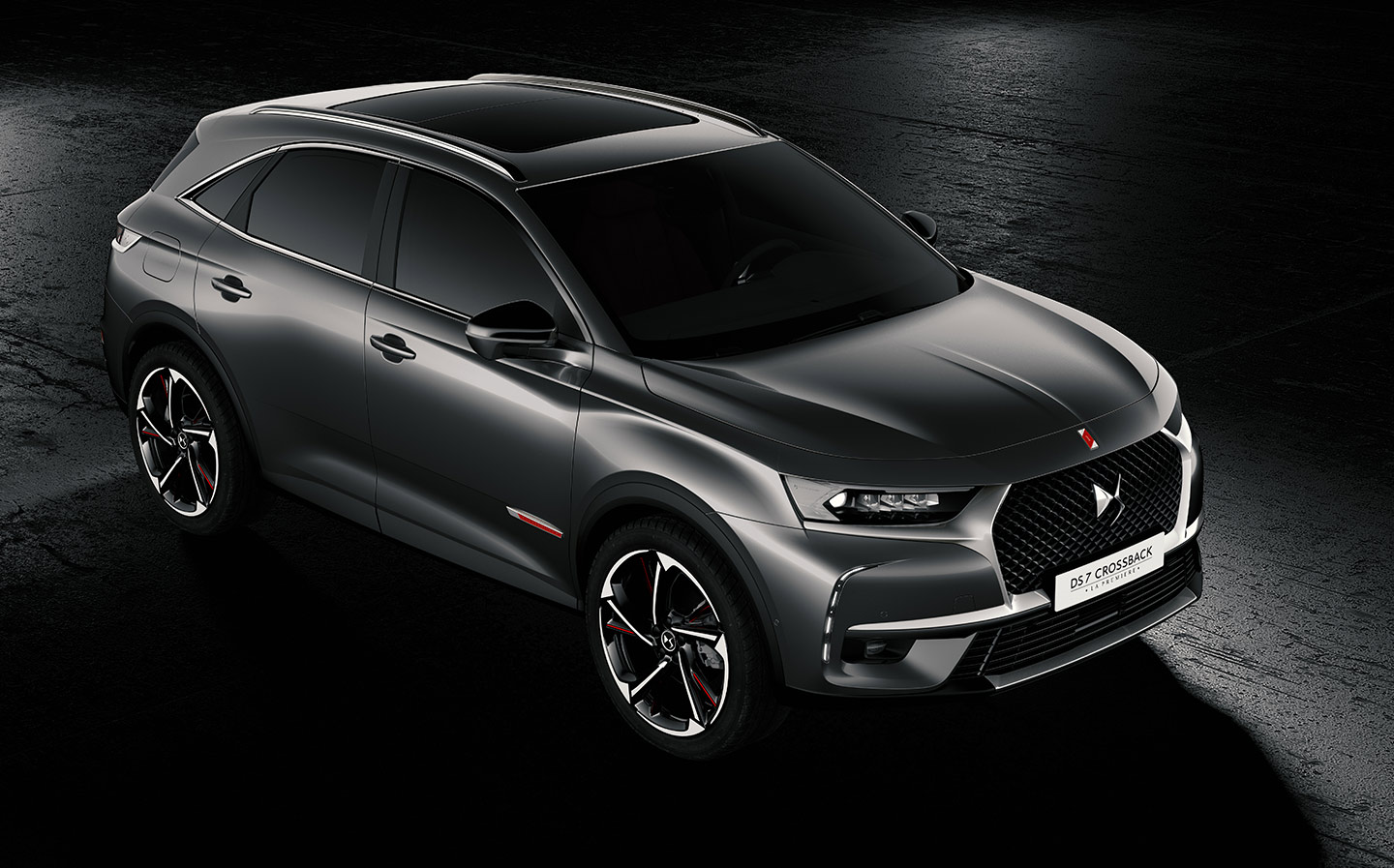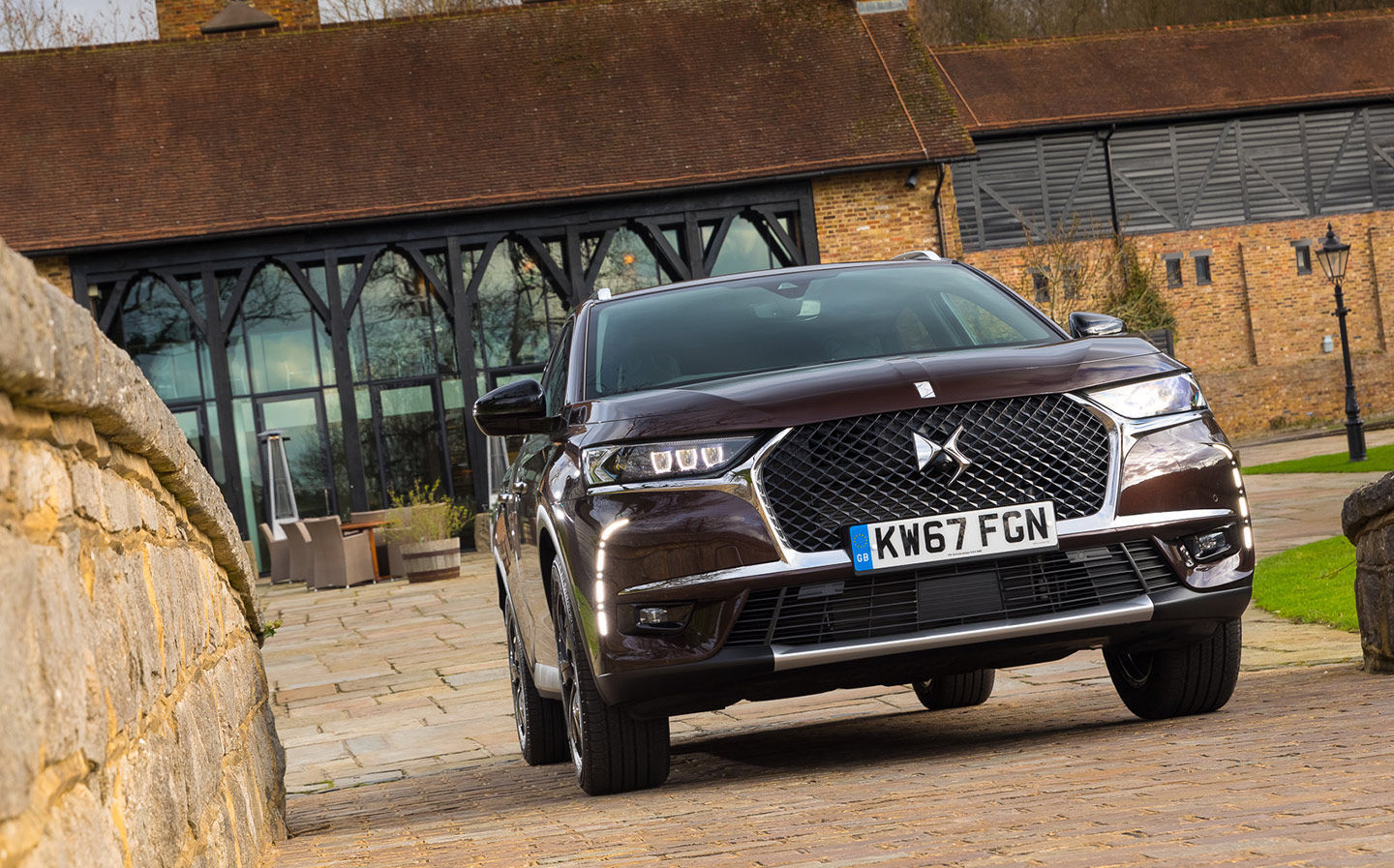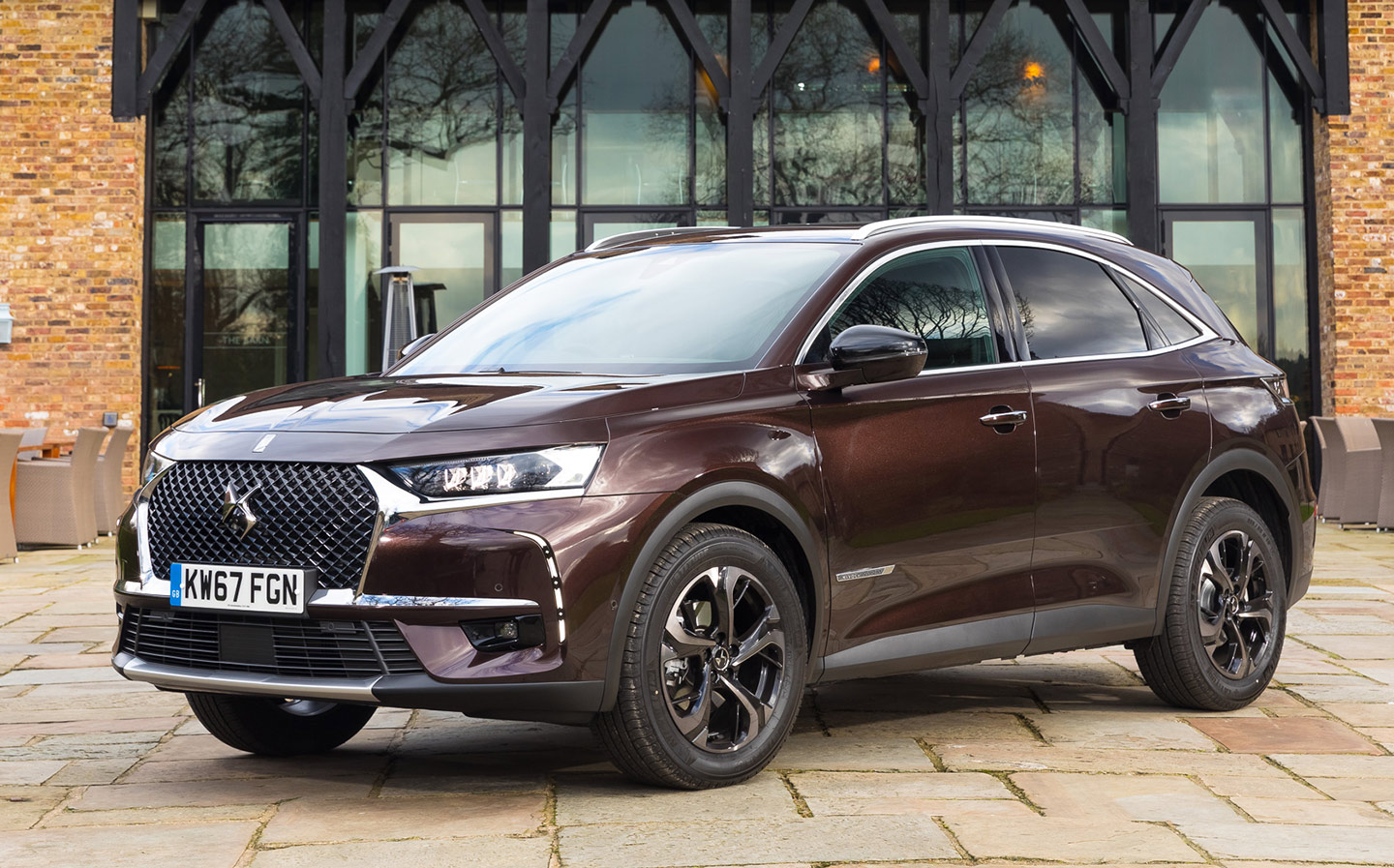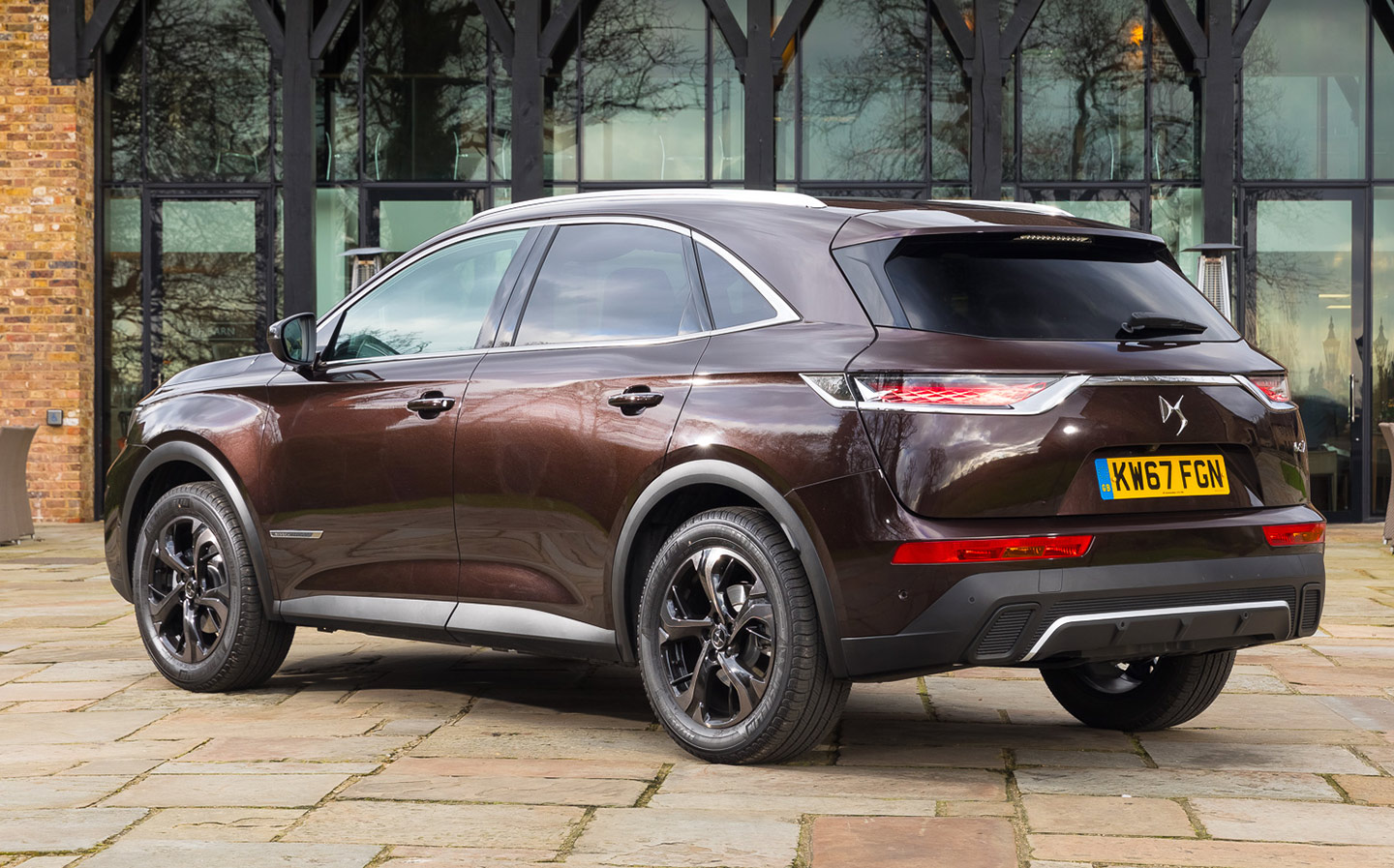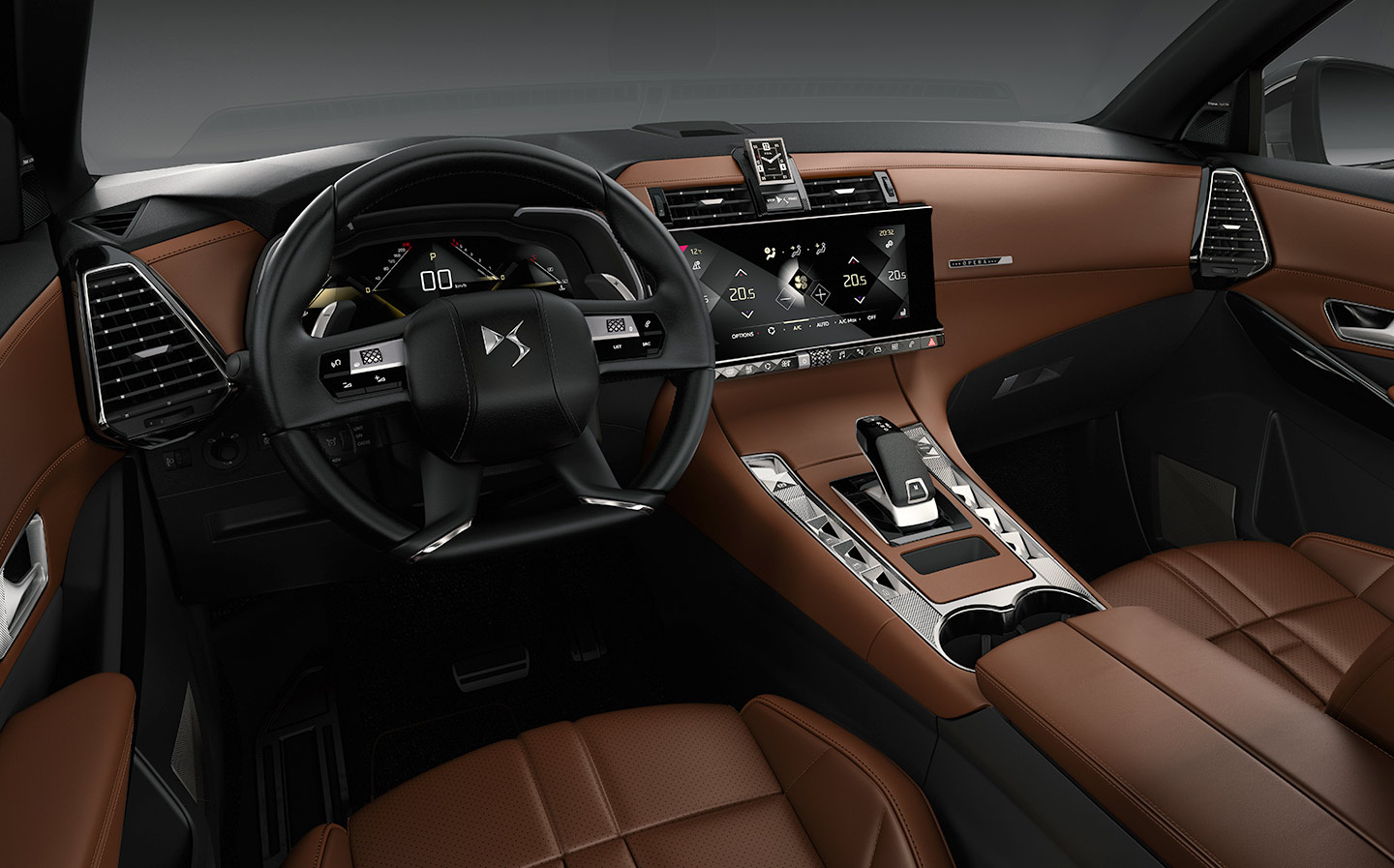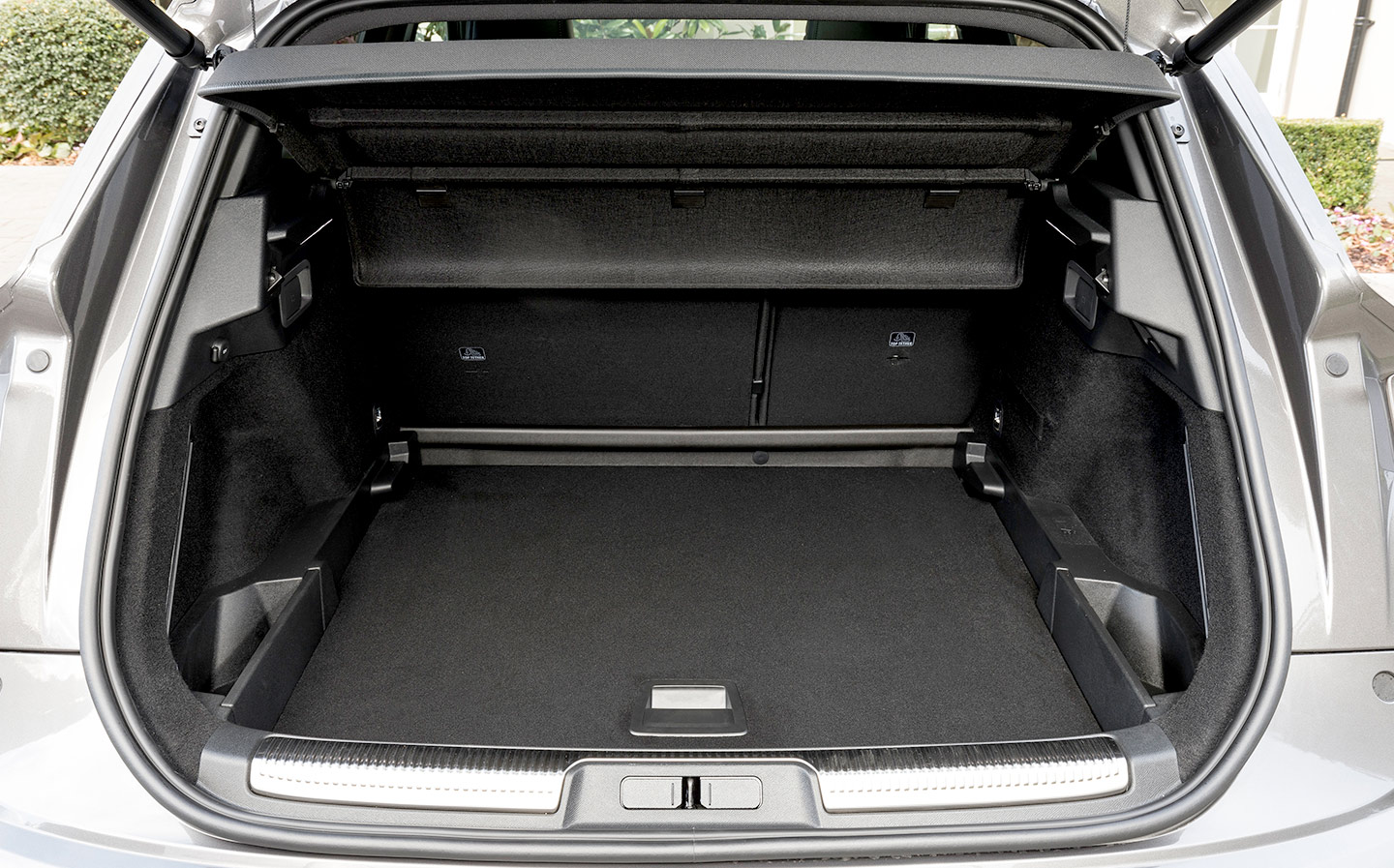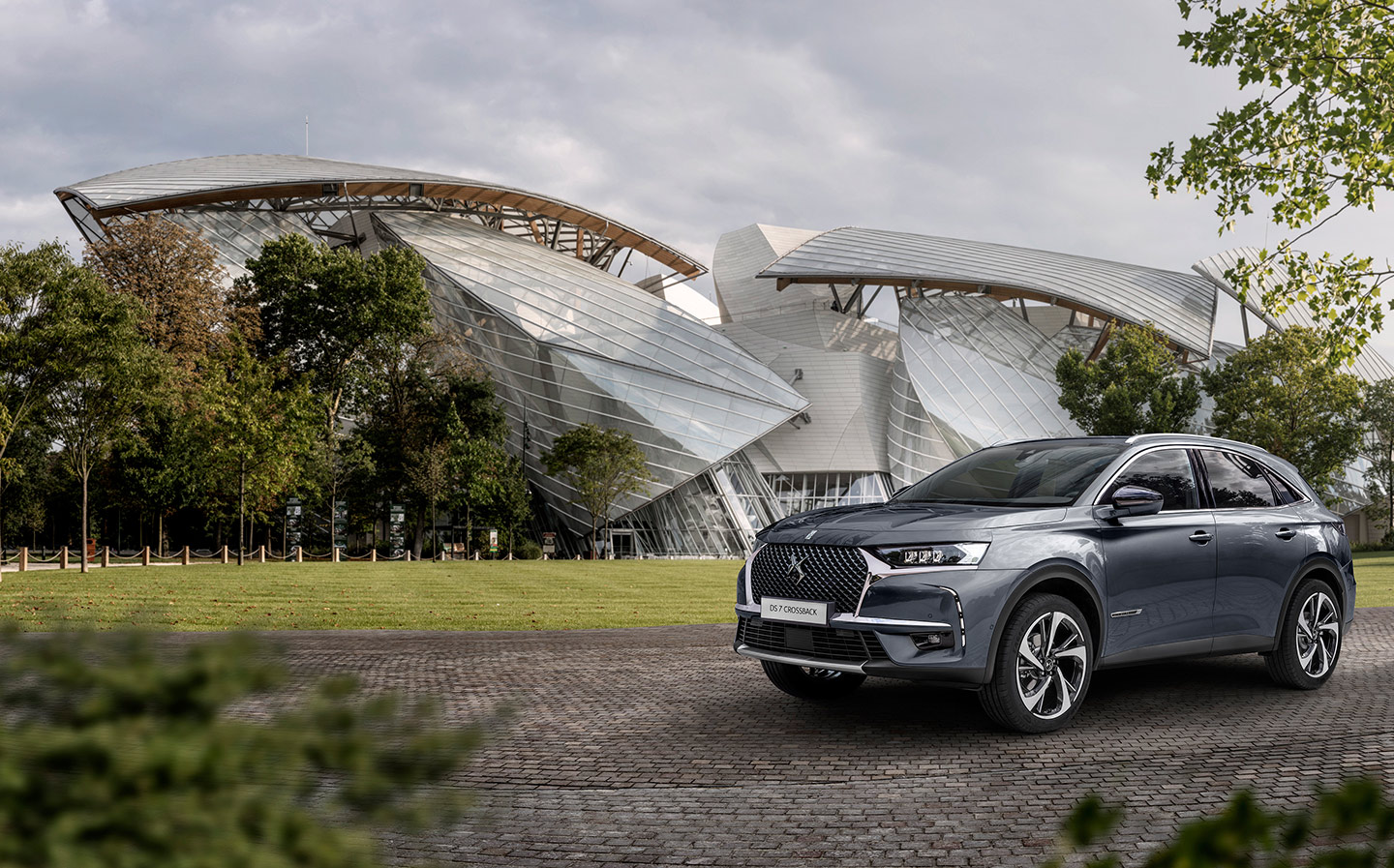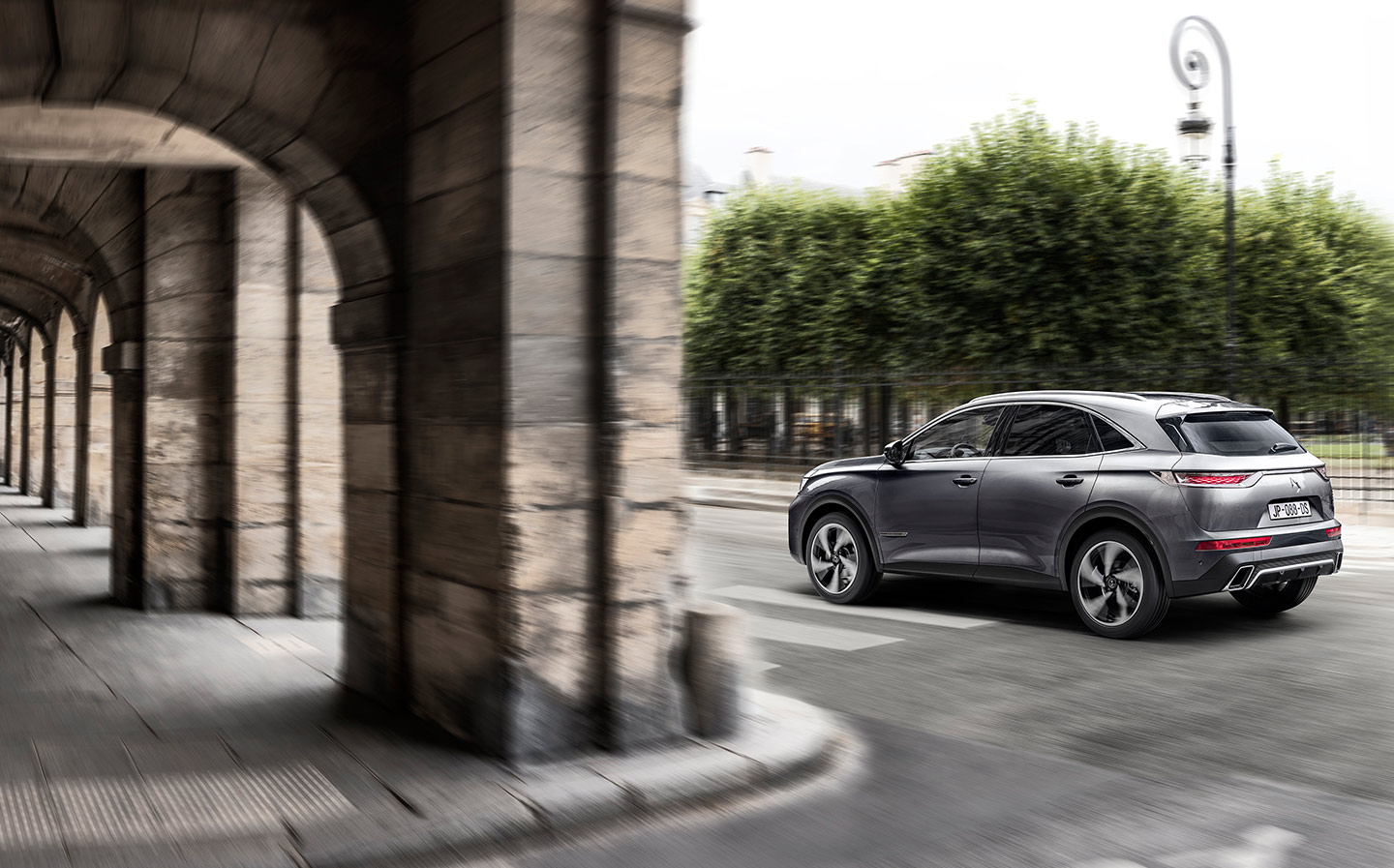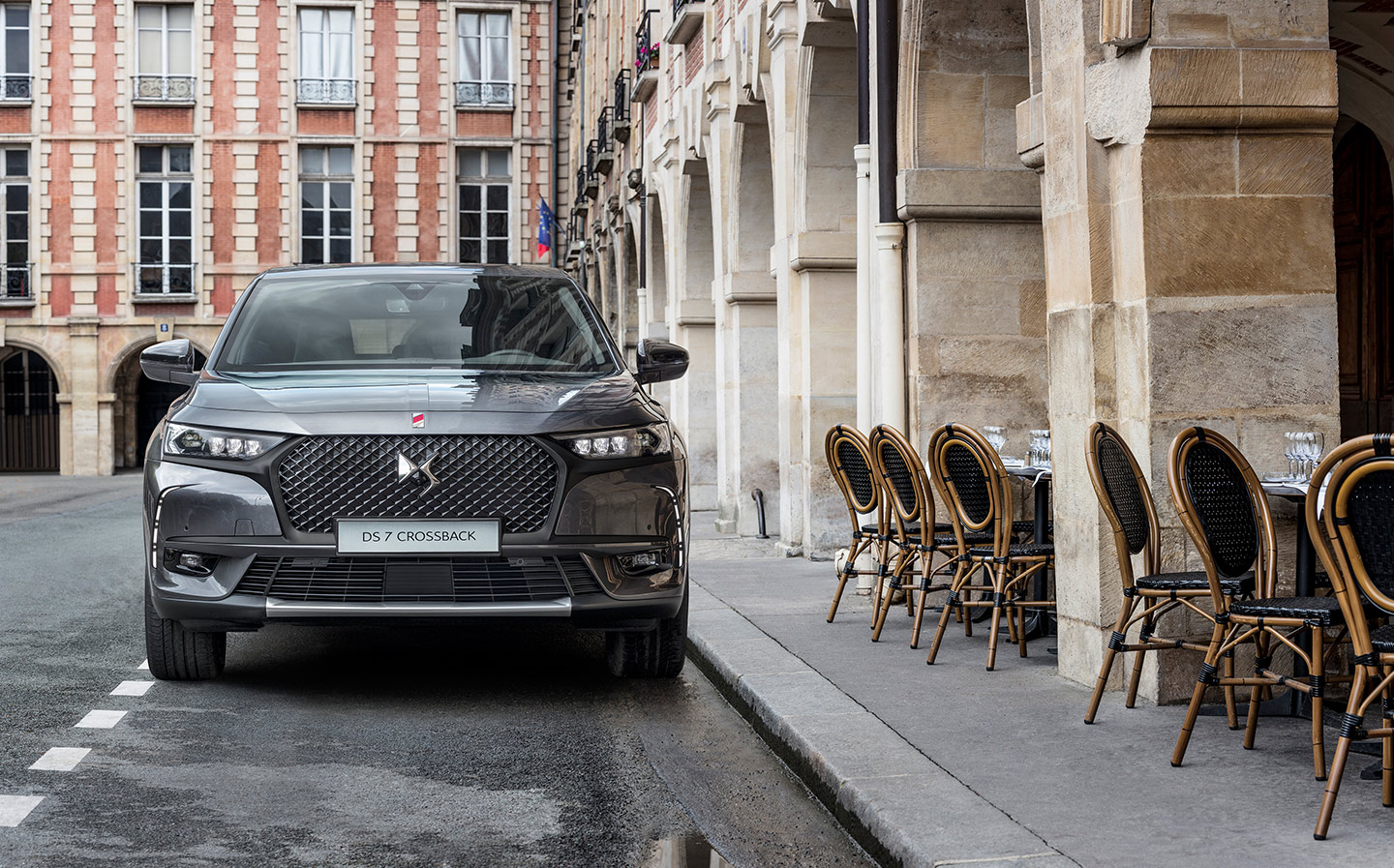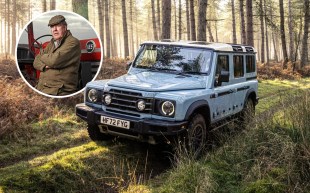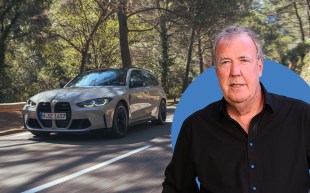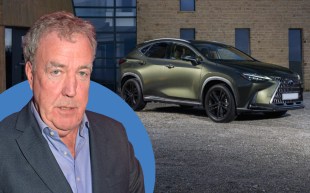The Jeremy Clarkson Review: 2018 DS 7 Crossback
Oh deer — lucky it has roadkill warning
I WAS going to write about the Volkswagen T-Roc, a small and rather funky-looking SUV that burst onto the market a couple of months ago. But then I saw, on the back page of The Times, an advertisement for the car in question.
“The new T-Roc,” it said. “With £500 towards your deposit with Solutions PCP*.”
The asterisk was plainly the point here. Obviously, that is where I’d find the snow plough and Paula Hamilton — the pithy stuff for which VW’s admen are famed. But no. It was just a load of accountancy-speak that is normally read out at high speed at the end of car ads on the radio.
So there we are. Volkswagen is making it plain that the only reason you would want to buy a T-Roc is that there’s £500 on offer towards the cost of its Solutions PCP. Do you know what a PCP is? Or how a normal PCP might differ from a Solutions PCP? No. Me neither, so let’s forget about the T-Roc, which is only for those with an interest in accountancy, and move on to something a lot more interesting: Citroën’s new DS 7.
I called a guy at our office in Chiswick and asked him to bring it to my flat. On the way, a youth in a Subaru with an exhaust the size of a Sheffield Forgemasters supergun decided to crash into it. The Impreza was damaged badly, but the DS escaped with minor cuts and bruises. This surprised me.
What didn’t surprise me, a few days later, after a visit to the sweet little Brunel museum in south London, was that the engine died. Being French, it had decided to go on strike. Citroën’s press office didn’t seem too concerned, so I said I’d leave it to be towed away and would go home in a cab.
But as I was waiting for one to appear, the AA turned up, saying it’d plug the car into its diagnostic laptop to see what was wrong. “Ha-ha-ha-ha,” I said, while looking for Reg Crikey to take me home. But in just a minute the Citroën came back to life, and that was another surprise because, in my experience, trying to mend a car with a laptop is like trying to do dentistry in boxing gloves.
Later Citroën called in a bit of a panic to say that there had been nothing wrong with the car, and that a faulty battery was to blame. I don’t buy that, I’m afraid, because the battery is, whether the company likes it or not, as much a part of the car as its doors, or its steering wheel. Saying the car was fine apart from a battery that wouldn’t hold its charge is like saying the patient is fine apart from the fact his heart exploded.
“Saying the car was fine apart from a battery that wouldn’t hold its charge is like saying the patient is fine apart from the fact his heart exploded”
Whatever. You’d imagine after a breakdown and a car crash I’d write the Citroën off as a haunted Friday 13th car and move on to something else.
But there’s more. Hilariously, Citroën is trying to pass the DS off as a standalone brand. Even though the only people who can remember the original DS are wearing incontipanties in nursing homes.
And anyway the whole point of that car was the clever suspension that allowed you to drive with one wheel missing, over a ploughed field, at 100mph, without spilling your cognac. Whereas the new DS judders over the smallest speed hump as if its ankle just broke.
There’s more bad news. The basic cost of the car I tested, a Crossback Prestige, was £39,380. But it had been fitted with a night vision pack, an electric sunroof, big wheels and a few other options, so the actual cost was an eye-watering £44,855. Small wonder Citroën is saying it’s not a Citroën.
What it definitely is, is an SUV, and, as I may have mentioned a few times (No. You’ve mentioned it a thousand times — Ed), I can’t be doing with the damn things. They’re the motoring equivalent of the short-sleeved shirt. Patio furniture with brake lights. So there’s much not to like here, and yet . . .
Step inside and you will find the doors and the dashboard are coated in quilted leather, such as you would find in a Bentley or an Aston Martin. And the clock is like a footballer’s watch. It doesn’t tell the time very well — 20 past nine comes up as four past 45 — but it’s a thing of ostentatious beauty. I would like such a thing in my life.
Then there are the buttons. Citroën has gone for a Porsche approach by blunderbussing the transmission tunnel with big, bold switches, and the instrument binnacle is just as stylistically out there. You can choose what it says and how the information is portrayed, but it doesn’t matter what you go for: it’s very like being in a Lamborghini. If you are in the market for an SUV — and who isn’t these days? — you’d struggle to sit in a DS and decide to buy something else. I liked it enormously.
Handling. Fuel economy. Performance. They’re what you’d expect from an SUV, a type of car wilfully designed to be no good at any of those things. It has a 2-litre turbodiesel inline engine; MacPherson strut suspension at the front, multi-arm at the rear; electric power steering. It’s the same recipe every bugger is using.
But on a motorway I was surprised — again — by just how quiet and unruffled it was even at what I’d say to police was 70mph. And this was an eight-speed diesel. The petrol version you’d buy, because the government’s seesaw thinking is that diesels are bad, will be even better.
I was impressed with the Apache gunship-style night vision system too. When the infrared cameras spot something organic ahead, it’s ringed on the spooky black-and-white picture feed in a yellow box.
And that’s what I saw as I drove down the A44 late one Saturday night. A yellow box, ringing nothing that could be made out, in a wood. Being a cautious soul, I slowed down, and moments later a deer leapt out in front of me . . . It’s likely that if the car hadn’t had night vision, I’d now be wearing Bambi as a big, maggoty hat.
So there is much to like about this car. But it is very expensive and it was fitted with a battery that couldn’t hold its charge. Yes, it’s a lovely place to sit and wait for the AA, but I’m not sure that’s what people really want. So I’m afraid that overall it has to be a no.
Tweet to @JeremyClarkson Follow @JeremyClarkson
Head to head: DS 7 Crossback vs Range Rover Evoque
| DS 7 Crossback Prestige BlueHDi 180 Automatic | Range Rover Evoque Td4 180hp Landmark Edition 9Sp Auto 4WD | |
| Price | £39,335 | £40,800 |
| Power | 174bhp | 174bhp |
| 0-62mph | 9.9sec | 9.0sec |
| Economy | 57.6mpg | 55.4mpg |
| CO2 | 128g/km | 134g/km |
| Length | 4,570mm | 4,370mm |
| Width | 1,895mm | 1,900mm |
| Boot space | 555 litres | 420 litres |
Write to us at driving@sunday-times.co.uk, or Driving, The Sunday Times, 1 London Bridge Street, London SE1 9GF



